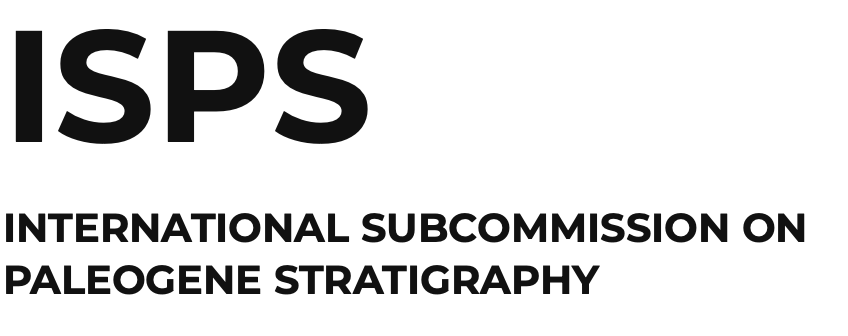Report 2010 of the Lutetian/Bartonian Boundary Working Group
Several scientists, coordinated by Coccioni (University of Urbino), re-investigated the Middle Eocene interval from the classical Contessa Highway section, near Gubbio, a possible candidate for the Bartonian GSSP. In search of a possible candidate section for the base Bartonian GSSP, the Middle Eocene sedimentary succession of the Contessa Highway section (CHS, near Gubbio, central Italy), was re-visited. Historically, this section has been the focus of important biostratigraphic studies on calcareous plankton (foraminifera and nannofossils) and magnetostratigraphy (e.g., Lowrie et al., 1982; Napoleone et al., 1983; Monechi & Thierstein, 1985). In the new study (Jovane et al., 2010) the Middle Eocene interval at CHS was sampled at much higher resolution than in previous works (every 5 cm in average). According to the different lithologies, washed residues were obtained following the standard procedures for the marly and soft marly-limestone samples, while planktonic foraminifera from the hard marly limestone and limestone samples were successfully extracted using ethanolic acid (highly concentrated acetic acid, ca. 80%) and all washed through a 40 ?m mesh sieve. Study of free specimens, instead of thin sections as in most previous works, allowed to a more accurate taxonomical identifications and more precise distribution of planktonic foraminiferal taxa. Then, the major planktonic foraminiferal bioevents have been directly re-calibrated to the magnetic chrons revised by Jovane et al. (2007). Through a cyclostratigraphic analysis of the rhythmic sedimentary alternations and combination with the results of time series analysis of the proxy record, an orbital tuning of the Middle Eocene and astronomical calibration of the bio-magnetostratigraphic events (particularly for the C19n/C18r Chron boundary) recognized at CHS was provided. The criteria proposed as reliable for the definition of the Lutetian/Bartonian boundary are: (1) the first occurence (FO) of planktonic foraminifer Turborotalia cerroazulensis, that occurs in the upper part of Chron C19r, (2) the last occurrence (LO) of planktonic foraminifer Guembelitrioides nuttalli which is found just below the base of Chron C19n, (3) the base of Chron C19n, (4) the top of Chron C19n or (5) the FO of calcareous nannofossil Reticulofenestra (= Cribrocentrum) reticulata, that falls in the lower part of Chron C18r. The lithologic cyclostratigraphy combined with the ~7 My-long astronomically driven climate proxy records, provided a first astronomical calibration of the Middle Eocene epoch, allowing refinement of Eocene biostratigraphic dating with minimal correction to chronostratigraphy. Based on both, the available high resolution bio-, isotope-, magnetostratigraphy and the astronomical tuning of the sedimentary record, and according to IUGS recommendations, it results that the CHS represents an excellent GSSP candidate for the Lutetian/Bartonian boundary.
Jovane et al. (2010) concluded in proposing the top of Chron C19n as the most useful and best potential criterion (criterion 4) for global correlation and an astronomically calibrated age for that event of 41.25 Ma. The following paper was published: Jovane L., Sprovieri M., Coccioni R., Florindo F., Marsili A., Laskar J., (2010). Astronomical calibration of the middle Eocene Contessa Highway section (Gubbio, Italy). Earth and Planetary Science Letters, v. 298, p. 77–88.
Report by Isabella Premoli Silva, no report was received from the chairman Richard Fluegeman.

